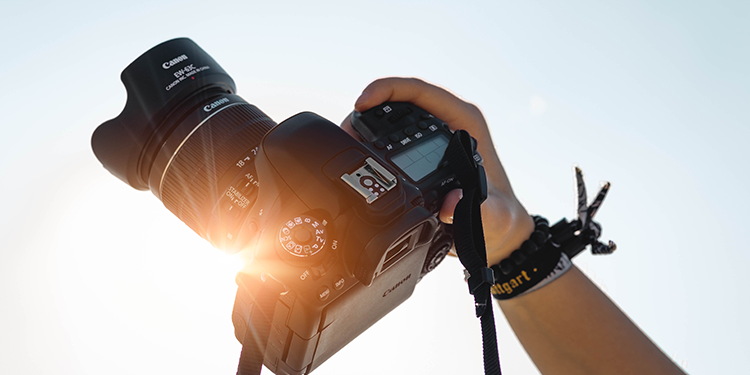
Photography
This introduction to photography is written for beginners, with several tips and suggestions to take your skills as far as possible. However, writing an introduction to photography is like writing an introduction to words; as amazing and important as it is, photography can be almost limitlessly complex. What separates inspiring photographs from ordinary ones, and how can you improve the quality of your own work? This article lays a foundation to answer to those questions and more.
What Is Photography?
Photography is the art of capturing light with a camera, usually via a digital sensor or film, to create an image. With the right camera equipment, you can even photograph wavelengths of light invisible to the human eye, including UV, infrared, and radio.
The first permanent photograph was captured in 1826 (some sources say 1827) by Joseph Nicéphore Niépce in France. It shows the roof of a building lit by the sun.
A Brief History of Photography and the People Who Made It Succeed
Color photography started to become popular and accessible with the release of Eastman Kodak’s “Kodachrome” film in the 1930s. Before that, almost all photos were monochromatic – although a handful of photographers, toeing the line between chemists and alchemists, had been using specialized techniques to capture color images for decades before. You’ll find some fascinating galleries of photos from the 1800s or early 1900s captured in full color, worth exploring if you have not seen them already.
These scientist-magicians, the first color photographers, are hardly alone in pushing the boundaries of one of the world’s newest art forms. The history of photography has always been a history of people – artists and inventors who steered the field into the modern era.
So, below, you’ll find a brief introduction to some of photography’s most important names. Their discoveries, creations, ideas, and photographs shape our own pictures to this day, subtly or not.


Leave a Reply